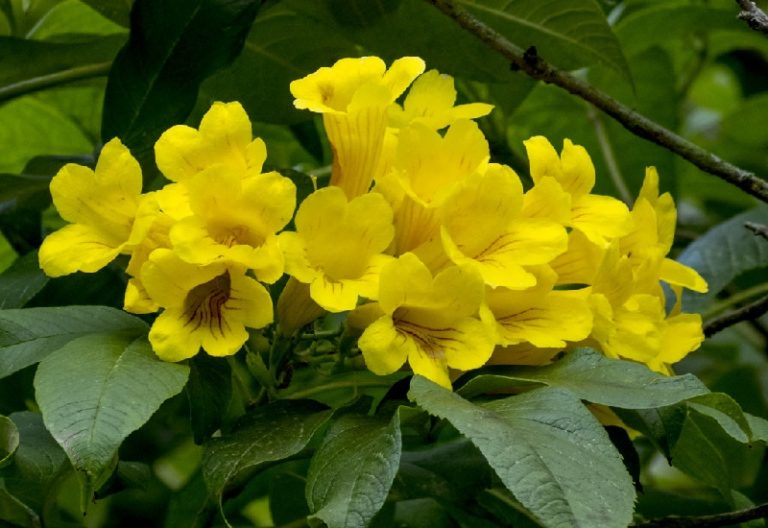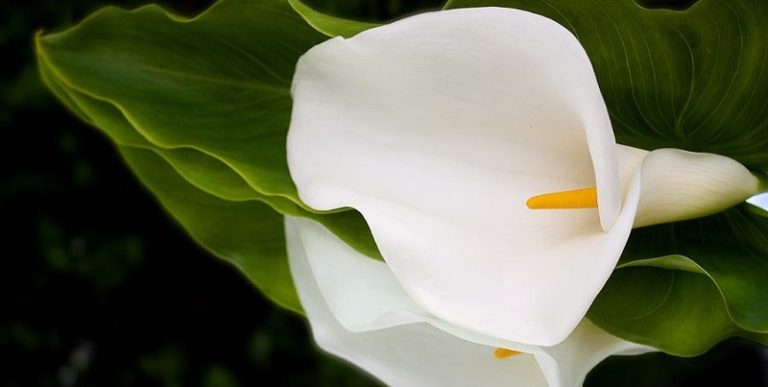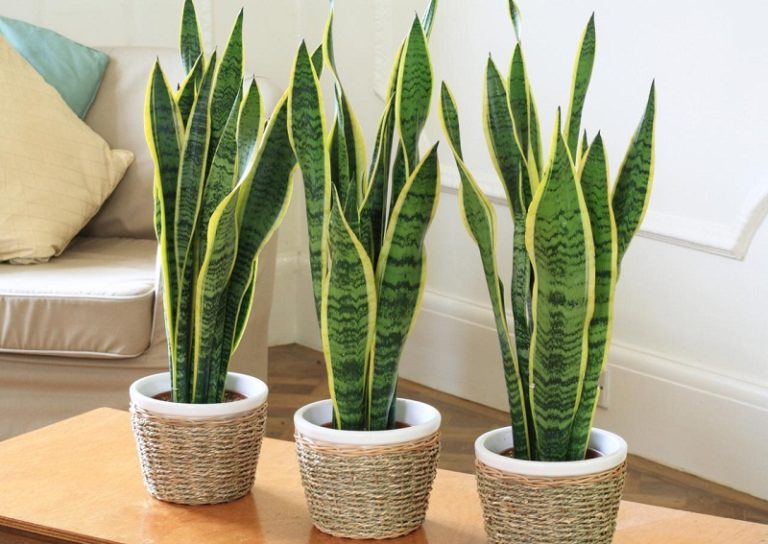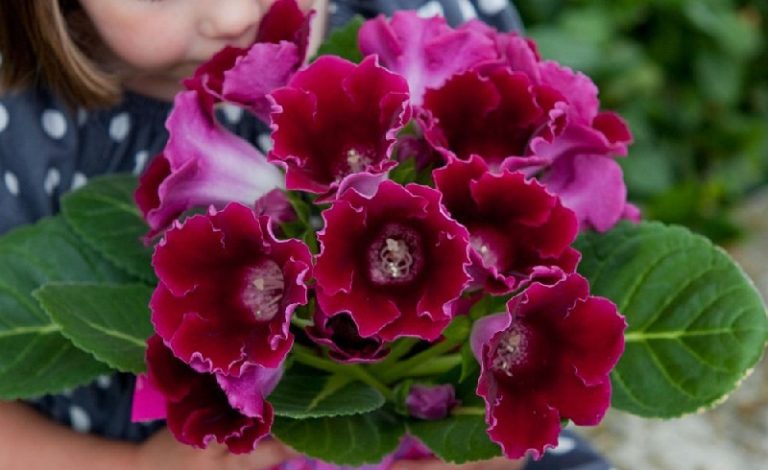Begonia: care, transplantation and reproduction
Begonia- a perennial, herbaceous plant, with very beautiful white, pink, red flowers from the begonia family. To date, there are 2 thousand hybrid species of begonias that grow in the tropics and subtropics of Southeast Asia and Africa.
Under natural conditions, the size of begonias is impressive, from 5-12 cm and up to 2 meters in height, it grows in crevices of rocks, on the roots of old trees.
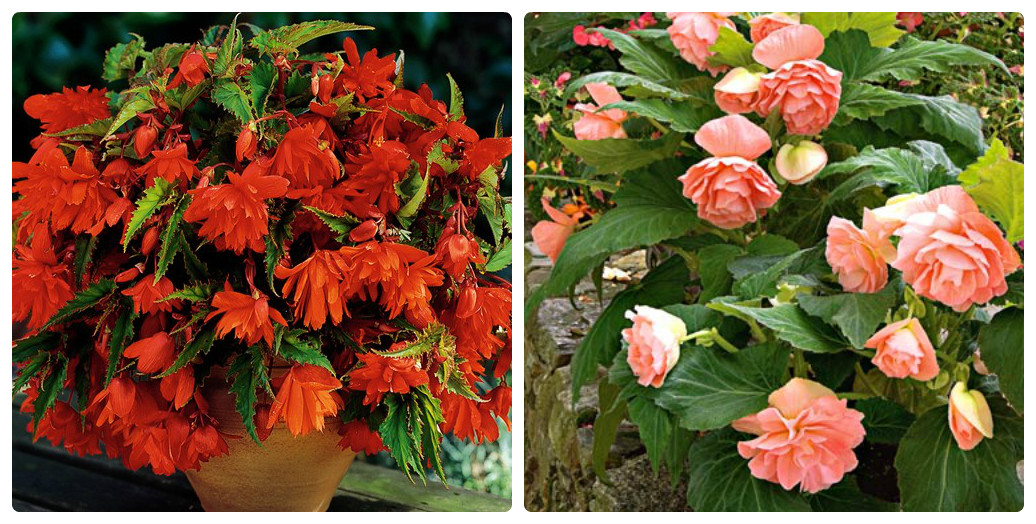
Most often, we come across beautiful always blooming begonias, in garden and flower shops you can buy various types, both outdoor and domestic begonias. With proper care, these beautiful flowers will delight the eye with their bloom from early spring to late autumn.
Indoor begonias are of different types
deciduous (begonia rex : Merry Christmas, Silver Queen, Yuletide, Her Majesty and others B. metallica, B. masoniana, B. maculata(spotted), which have a variety of leaf colors and shapes (B. semperflorens, B. fuchsioides, B. haageana, B. serrati petala)
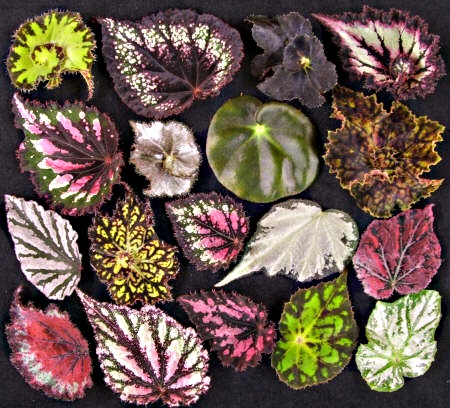
decorative – flowering (B. Tuberhybrida, B. multiflora, B. fireglov, B. cheimantha), blooming profusely and beautifully of various colors.
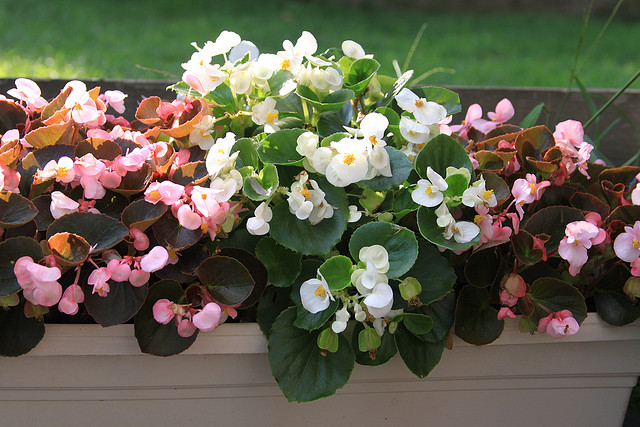
- bush begonias that reach a height of up to 30 cm
The most popular of the decorative flowering ones can be called tuberous, it has the most abundant and bright colors of flowers, it is non-capricious.
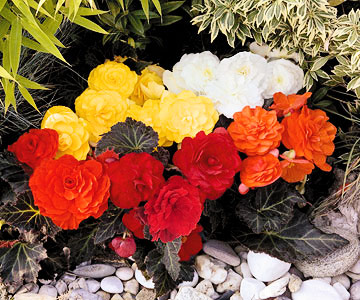
How to choose a begonia in a flower shop?
First of all, we choose according to the color of the flower and the size of the plant. Next, be sure to carefully examine the plant for spots on the leaves so that there is no rot, powdery mildew and other diseases. The following: we inspect the stems and turn the leaves, see if there are insects and cobwebs. If you doubt whether the plant is healthy, but really want to buy a flower, bring it home, put it in the shade, and treat it with chemicals. Choosing a healthy plant and proper care will ensure long flowering and a successful purchase.
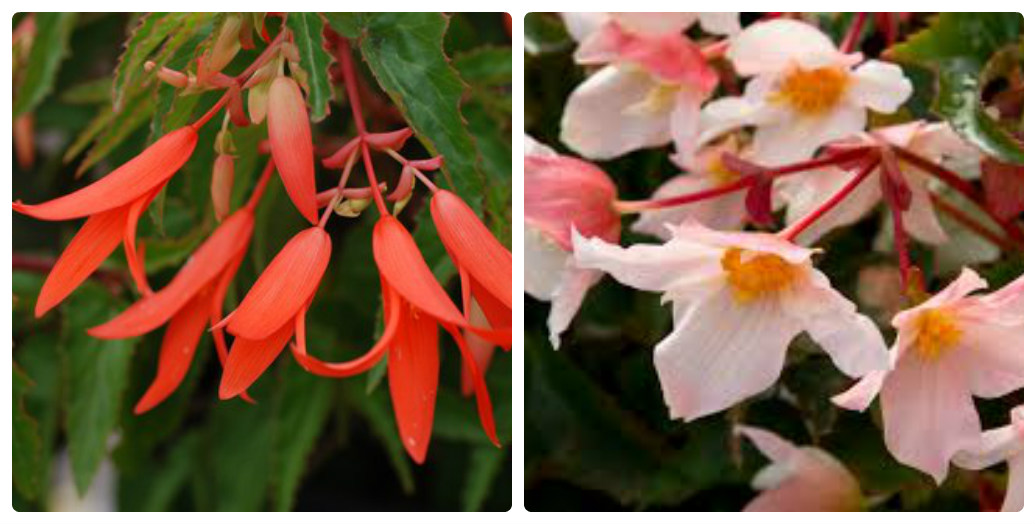
Begonia care rules
Light brightness
When choosing a place for home begonias, it is better to give preference to east and west windows. Decorative-flowering begonia loves bright diffused light, but not direct sunlight, because they can burn the leaves, and semi-shade is suitable for decorative deciduous ones. Yard begonias can also be in direct sun, under conditions of excessive watering in pots and transplanting into open ground.
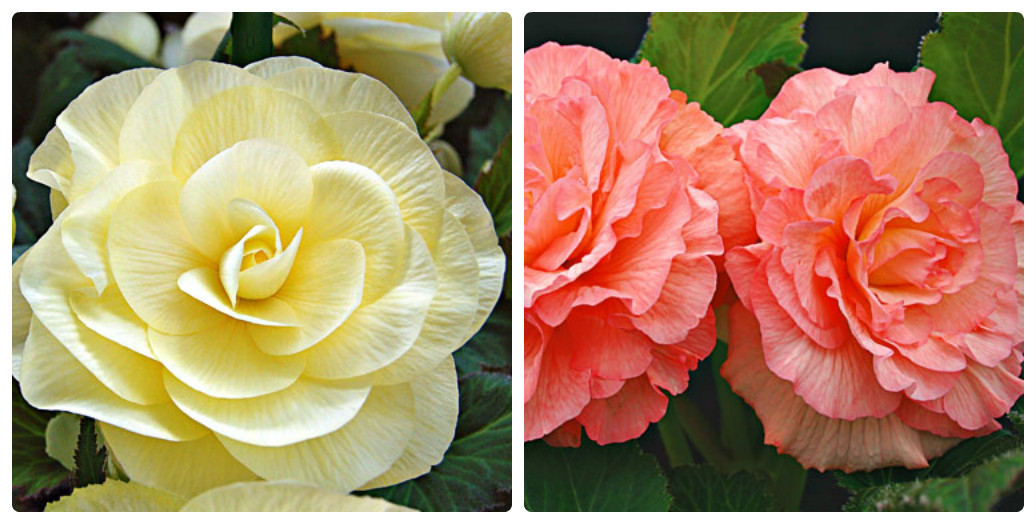
Air temperature
The temperature during the period of active growth and budding should be moderate: from 18 to 20 degrees C, in winter the temperature is reduced to 15 – 18 degrees C. Yard plants can withstand up to 27 degrees with excessive watering.
Watering and humidity
In summer, during the flowering period, begonia is often poured, do not allow water to stagnate in the plate, you need to let the roots dry out a little. The water for gravy begonias should be soft. In winter, during the dormant period, they are watered much less often as the earth dries up. Tuberous begonias hibernate, so it is worth placing them in dry peat and not watering them until spring. It needs very high humidity, but not spraying. How to increase humidity.
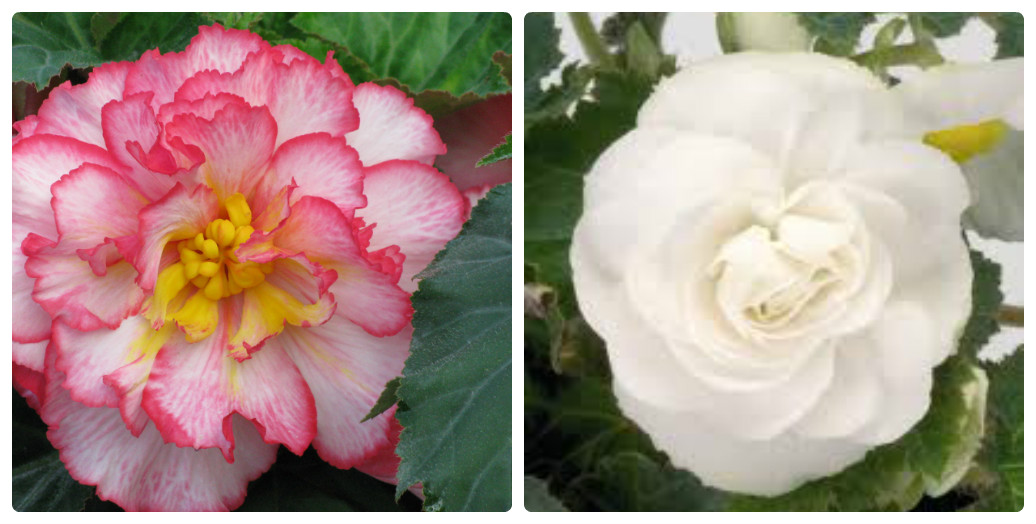
Feeding begonias
You need to start feeding the begonia during the budding period once every 14 days. Use fertilizers for flowering. For deciduous, a fertilizer containing nitrogen is suitable. Nitrogen activates leaf growth and slows down flowering.
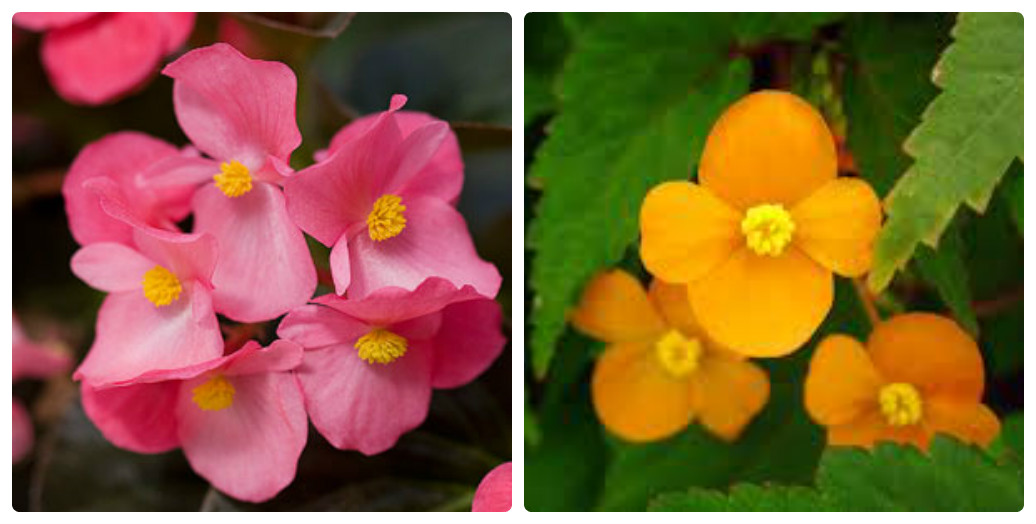
Begonias transplant
Tuberous begonias are transplanted every year in spring, other species as needed (see care transplant). Use land from deciduous humus, sand, garden soil and peat in proportions of 2:1:1:1. After transplanting, add and put in a shaded place for adaptation for 4 days.
See also:ORCHIDS – ORCHID CARE
Care during and after flowering
Remove all faded flowers, seed pods, seed formation takes a lot of strength from the plant. After flowering, the begonia is transferred to a cool place, watering is reduced, and watering should be increased in the spring. New shoulder straps can be rooted.
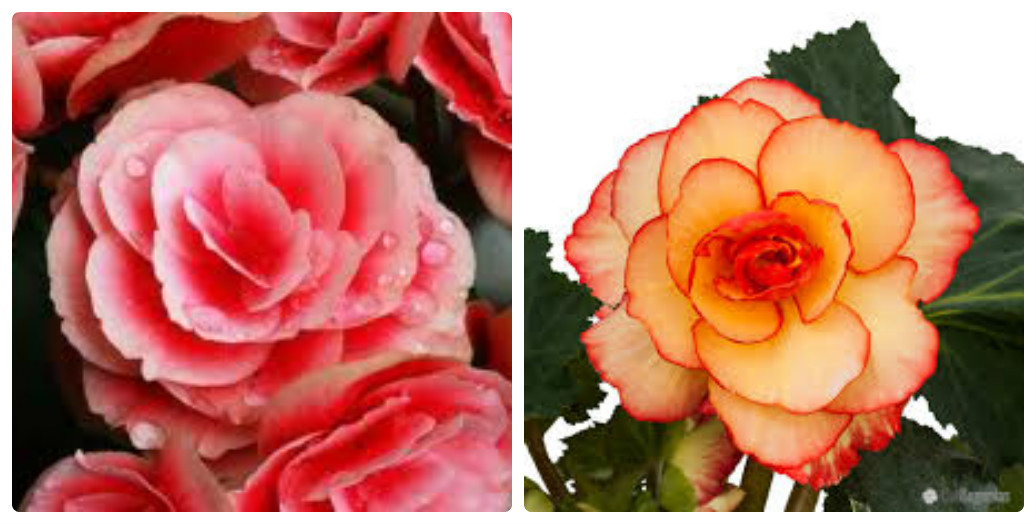
Reproduction of begonias
Disease
Most often, begonias have the following diseases: gray rot, powdery mildew.
Pests
Begonia pests are aphidsand red spider mites


